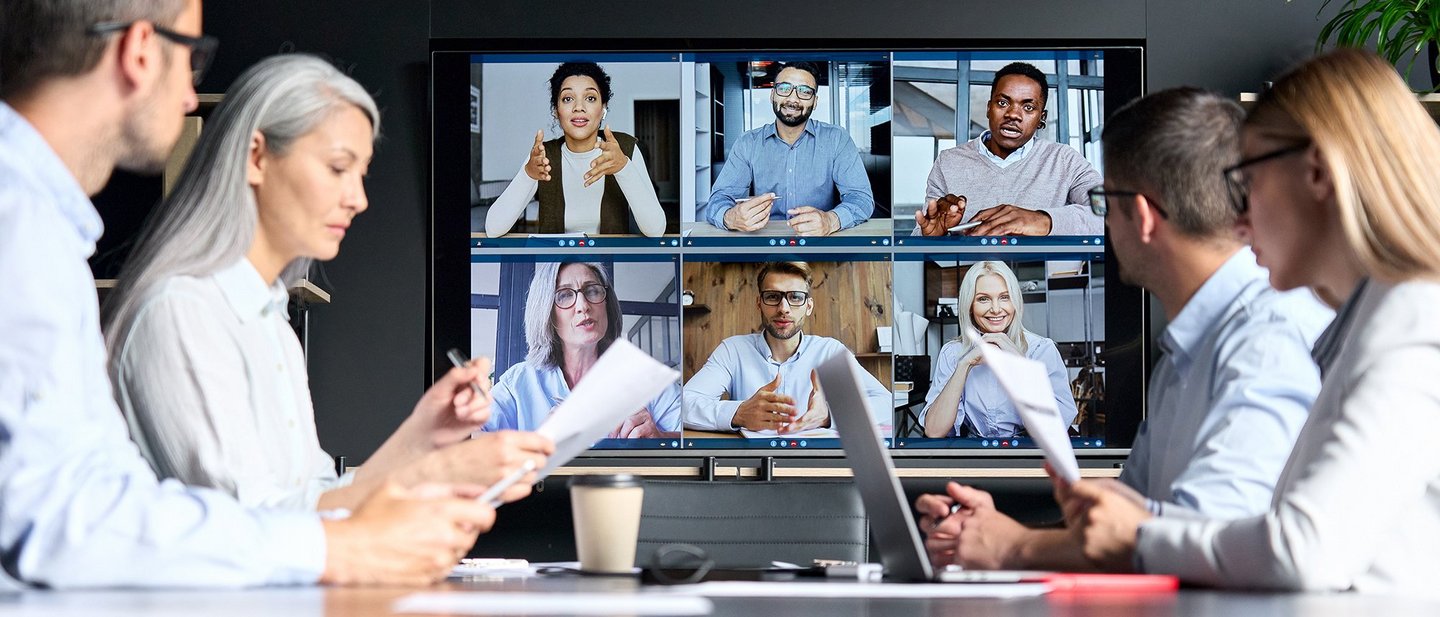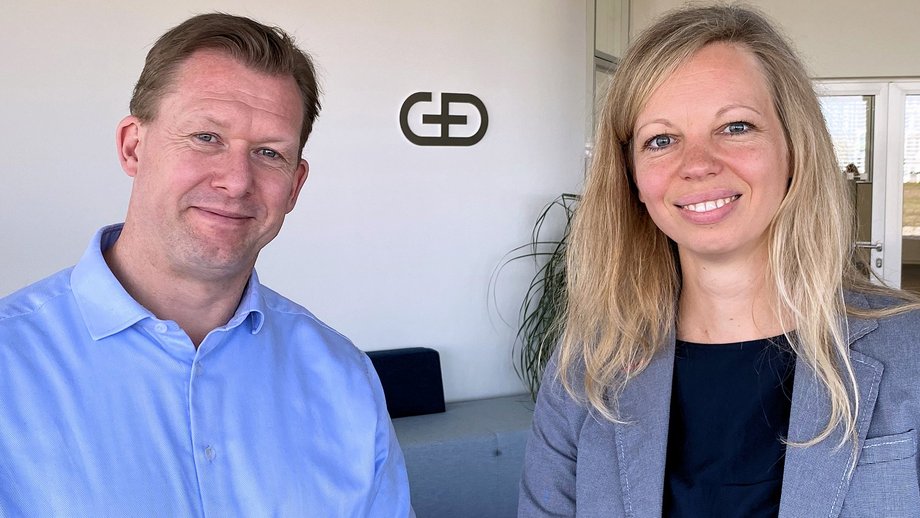Evolving to trust-based leadership
How has the style, behavior, and mindset of leaders had to change in response to pressures for new working practices?
Thomas: Given the scale of the recent disruptions – not just the pandemic, but also digital transformation, skills shortages, and more – leaders had no choice but to adapt, and adapt multiple times, to the different needs and demands put on them. For example, if you look at the first phase of COVID-19, we as a company had no real issues with having people work from home, from a technical perspective. But it has really meant a change in the approach of our leaders.
On the one hand, trust became a much more important facet of work. Leaders just had to learn to trust that people were working to the best of their abilities. In some cases, that meant we saw a return to a kind of transactional leadership, where tasks are divided into different portions and specific deadlines agreed on for the completion of packages of work. The fact that people were not seeing each other every day made it more necessary to stick to structures. It also meant really supporting and helping colleagues in their home work environments even more. Some people adapted quickly to working from home, but some others needed more structure and more support – which required new skillsets from many leaders.
Now, as we are progressively bringing people back to the office again, businesses are moving more to a hybrid work model – which is not as easy as it sounds. That means a return to some of the more familiar modes of leadership. But now leaders have to understand how to be even more flexible than before. And that brings new challenges for managing teams where different individuals have different and diverse work expectations and patterns – from those who want to come into the office every day, to those who always want to work largely remotely. Indeed, in many cases, many managers find they rarely have their entire team in one place, if ever.
So, you really have to be more flexible in how you lead, you need to make use of different mechanisms, tools, and approaches. Even more than before COVID, one size doesn’t fit all and there is an even greater need to be able to adapt to situations quickly.





